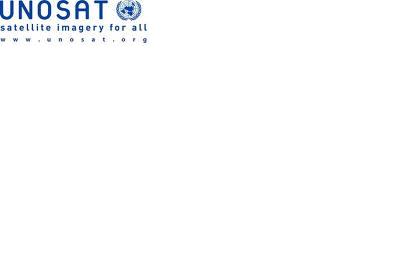The aftermath of the catastrophic quake and tsunami in Japan has mobilised unprecedented participation from social networks and crowd sourcing communities around the world. Satellite imagery released for free by major commercial satellite companies earlier this week revealed to the world the extent of the impact of the tsunami waves that hit the east coast of Japan on Friday 11 March. Japan is using various satellite sensors and is coping with the technical work necessary to turn this large amount of data into useful information for rescue and rehabilitation operations. Japan possesses all the technical and scientific capacity necessary to handle satellite mapping and it is a space power itself. For this crisis the role of emergency mapping from entities outside Japan is limited but still useful as a source of additional information and adds a powerful visualisation dimension accessible to the general public worldwide.
UNOSAT is part of a group of specialised players including DLR of Germany, the Asian Institute of Technology in Bangkok, and others. The group is working under the coordination of the Japanese authorities and JAXA to bring to value the data generated by the Space Charter and provide Japanese authorities with actionable information. In addition, thanks to a specific arrangement between UNOSAT, the French Space Agency CNES and the firm ASTRIUM GEO-Information Services, UNOSAT has released to OpenStreetMap a set of images that volunteers around the world can now use to produce information hopefully useful to rescuers on the ground in the affected areas. Licensing limitations on commercial imagery make it difficult to share publicly some satellite imagery for the use by crowd sourcing circles, UNOSAT has been working to ease these restrictions while respecting copy right and legal clauses, hoping that a trend will emerge soon to give more breath to valuable initiatives made possible by today's information technology and internet resources.

